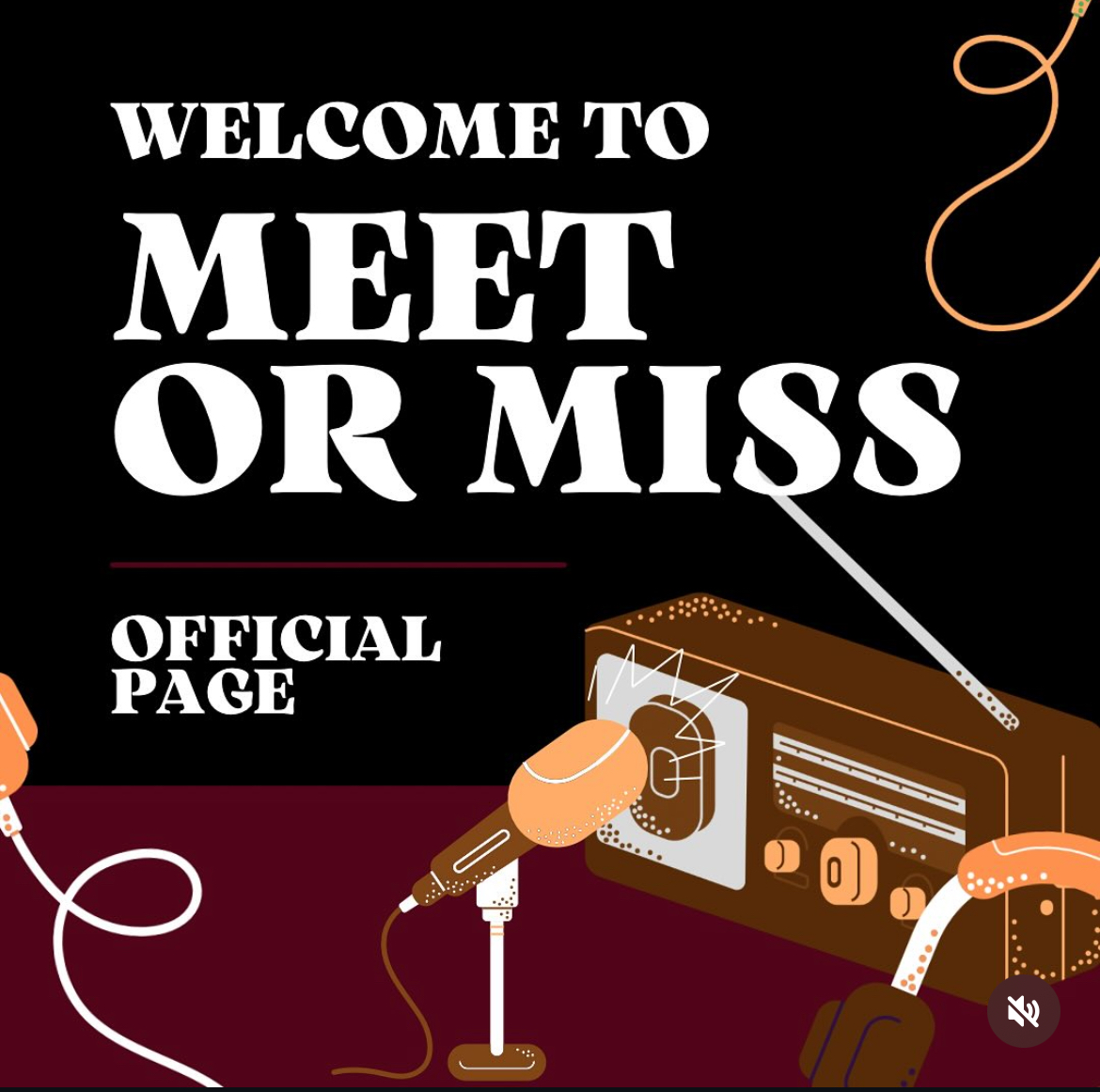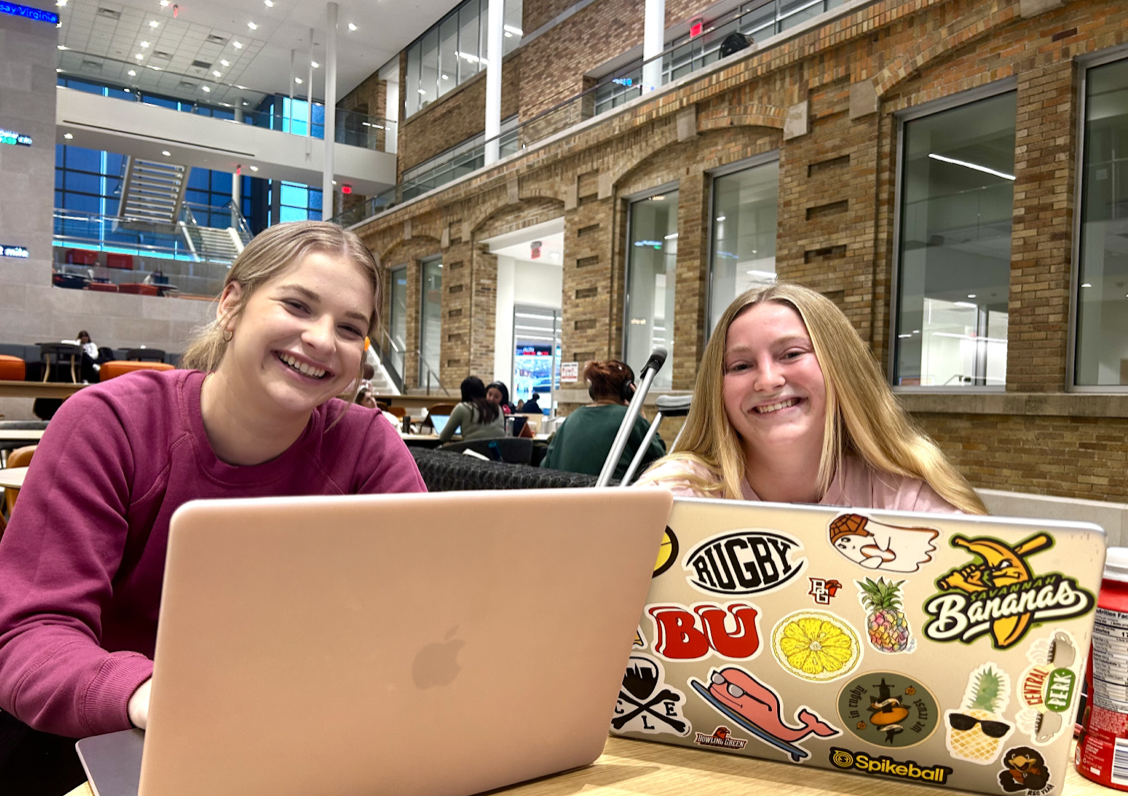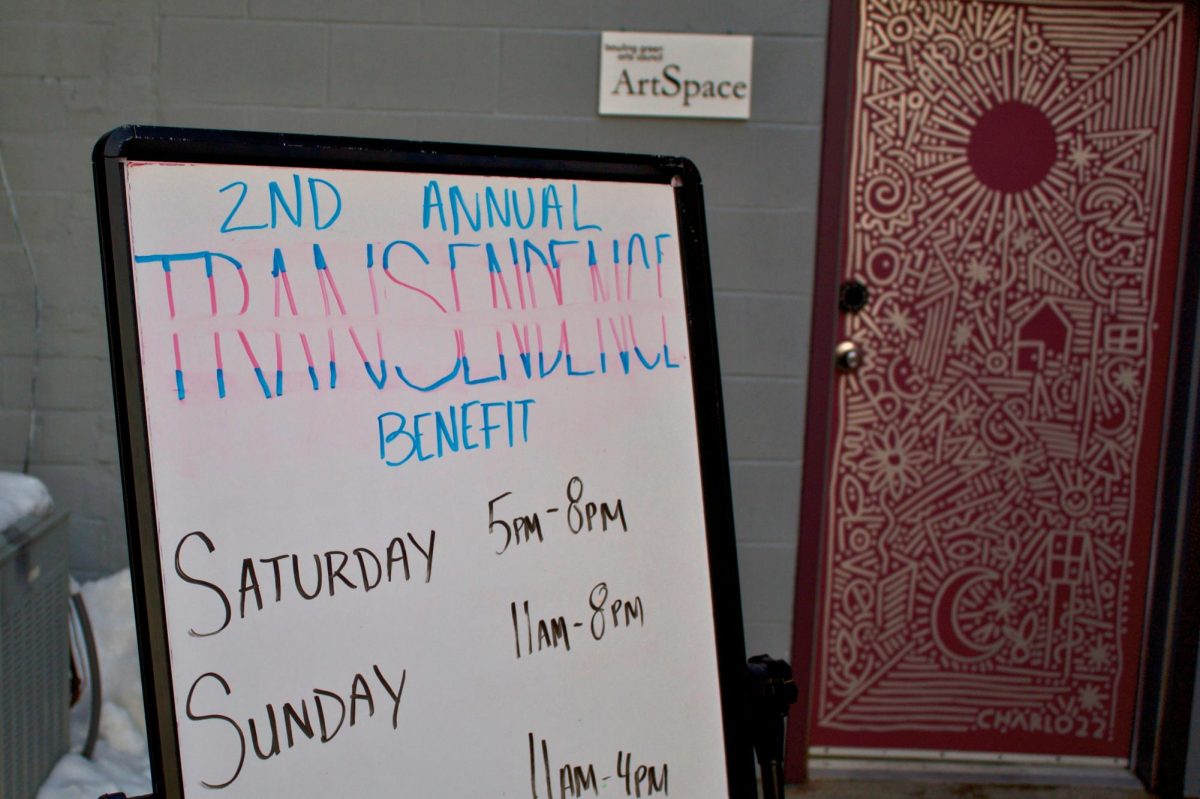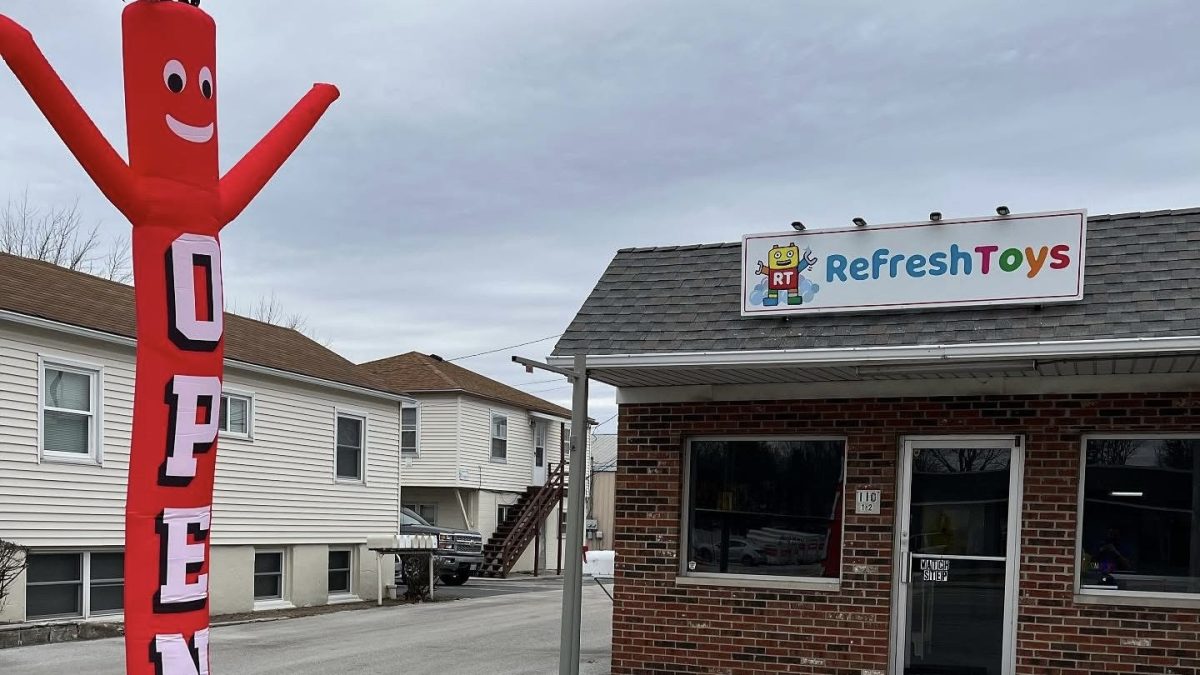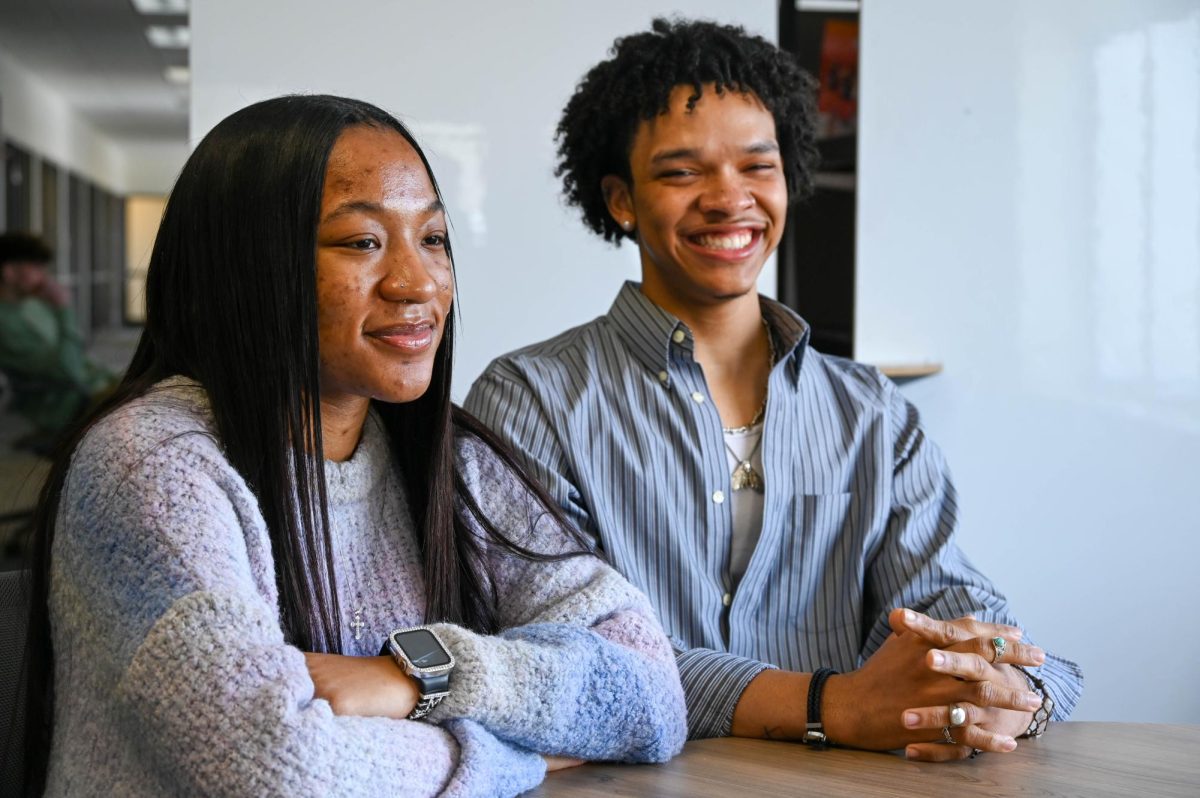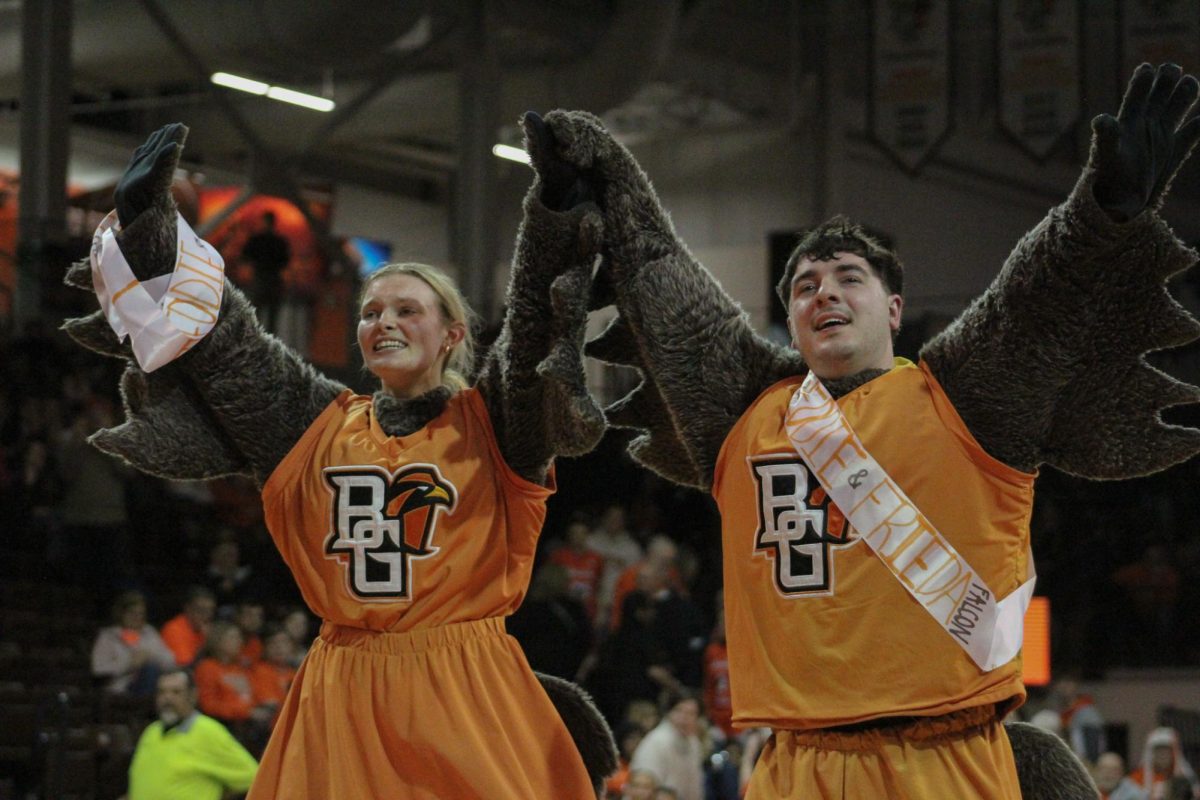For its efforts to serve the community, the University received the 2015 Community Engagement Classification from the Carnegie Foundation.
“We’ve often said that we’re a community-engaged campus,” said Paul Valdez, associate director of the Office of Service-Learning [OSL], but now the University can better back up that statement. “It’s a good validation of all the work we’re doing in partnership with the community.”
While Valdez has not seen other schools’ applications for the classification, he said the strength and duration of its community engagement may have set the University apart.
“We do have quite a bit of strong long-term community partnerships,” he said.
These partners including Bowling Green, Toledo and other public schools and the Wood County Committee on Aging, Valdez said. The Music Plus program, which provides 7-12th grade students music instruction through the College of Musical Arts, has been around for
22 years.
In addition to programs offered by the University, the application also required information about student involvement. One major event, the Martin Luther King Jr. Day of Service, is a good opportunity for students to get their feet wet in community engagement, Valdez said.
They can “see the impact they have on that one day. Hopefully that inspires them to continue,” Valdez said.
In addition to events like that, student involvement also shows in the culture of various
organizations.
“We have an expectation within the Greek community that students are doing community service on a regular basis,” Valdez said. Some other groups have an emphasis on service built into their charters.
The Community Engagement Classification helps to set that culture, Valdez said. Not only can it help current students see that the campus is engaged, it can help potential students know if the University is right for them.
The classification says that the University values community engagement and students who value it too will fit in, Valdez said.
“The culture of colleges seems to be going toward service learning and that benefits not only our office through recognition, but benefits the words in seeing that actual impact it’s making,” said Maddi Georgoff, a Civic Action Leader in the OSL.
The University submitted its more than 100 page application in April 2014. It included a letter from President Mary Ellen Mazey stating, “I firmly believe that BGSU cannot accomplish its goal of educating personally and social responsible students without collaborating with the community to address vital community needs.”
That thorough application was necessary because the classification is not an award but “an evidence-based documentation of institutional practice,” according to the Carnegie Foundation. Universities earn the classification by proving they qualify
for it.
The application, which is available online through the Carnegie Community Engagement Classification tab of the OSL’s web page, details all the ways community engagement is present across campus.
Though the OSL was largely responsible for the application, many other offices contributed to collecting data for the application, Valdez said.
“It was a lot of collaboration,” said Emma Sales, another Civic Action Leader, “it’s really awesome to see the people that we’ve worked under for three years now who spent, you know, six months of their lives collaborating and ensuring that we could get this classification — it’s awesome to see that their work is finally paying off.”
The University’s community partners are also an essential part of obtaining the
classification.
“This is a classification that our office worked really hard for, but we also want the community to be recognized,” Georgoff said. “Without our community partnerships and our students it wouldn’t have been possible to have this effect.”
The classification is valid for 10 years. The University is one of 361 campuses that currently has the classification.





